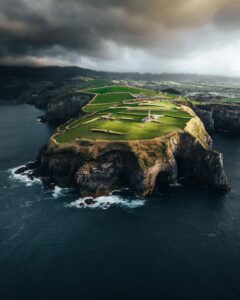
Photo tour in Azores, Portugal
Join us in the Azores for a unique photo tour, where you’ll elevate your creative skills with expert guidance from Ronald Soethje, Bruno Ázera, and Nomadict.
In this article, Miro shares how his love for cinematic music evolved into a deep passion for photography and how he uses light, color, and atmosphere to turn the streets of Prague into living film scenes. Readers will discover his approach to composition, gear, and editing, along with practical insights on mastering cinematic color grading, building strong leading lines, and crafting visual stories that capture the emotion of urban life.
I’ve always been drawn to everything cinematic. Before I ever picked up a camera, I composed cinematic music – soundtracks that aimed to create emotion and atmosphere.
That experience shaped how I see the world today. When I began photographing the streets of Prague, I carried that same mindset with me: thinking of light, color, and framing like scenes from a film.
My goal was never just to document the city, but to show people its beauty, to see familiar streets as if they were stepping into a movie.

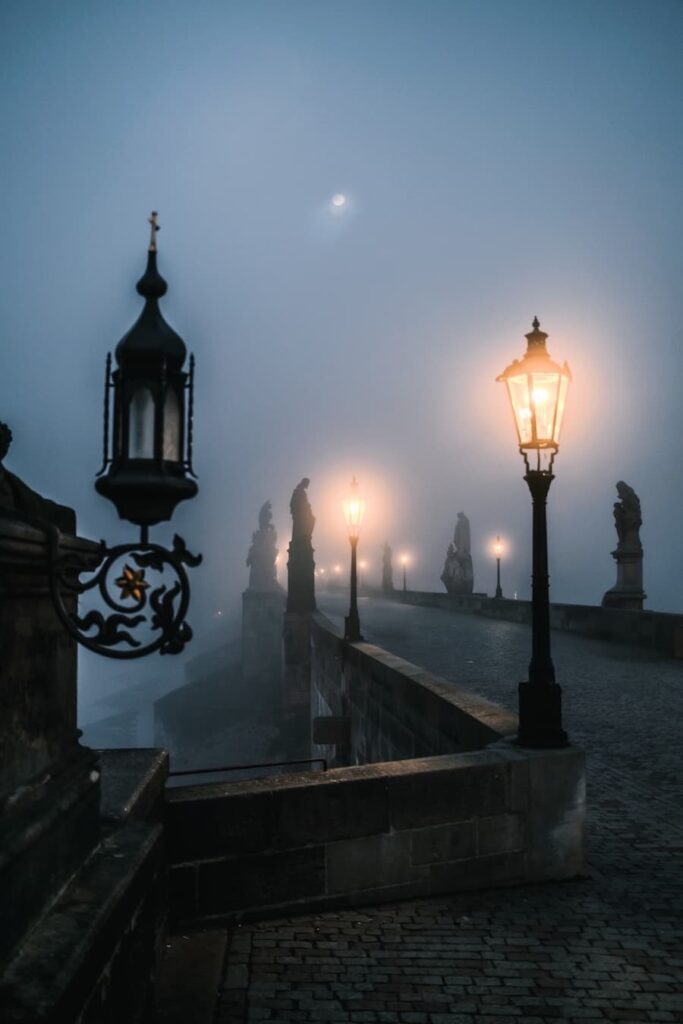
Prague is one of the most photographed cities in the world. Every landmark, every bridge, has been captured countless times. To stand out, I learned that the real magic lies in when and how you capture it.
I rely heavily on natural conditions – the early morning light, the rare fog, or even snowfall that transforms the city into something dreamlike. Good light is always my foundation. I love working with backlight and experimenting with focal lengths, chasing that perfect moment when atmosphere and timing align.
This deep familiarity allows me to anticipate when “magic moments” might unfold. Over time, you start to understand how the city breathes. Where the first rays of the sun hit, how shadows fall, how people move through the scene. That only comes from patience and presence.


When it comes to photography gear, I’ve learned that equipment doesn’t define creativity. I started with just a smartphone, and even then, my images reached a large audience on Instagram. Today, I mostly shoot with my Fujifilm X100VI, a small, lightweight camera with a 23mm lens that perfectly fits my dynamic style. I rarely use a tripod. I like to move, explore, and find compositions as I go. Sometimes a telephoto lens helps reveal perspectives that the eye misses, but ultimately, the composition and atmosphere of the image matter far more than the gear you use.


My process always begins with light. I look for backgrounds that already have character. Soft rays filtering between buildings or an interesting backlight. Then I wait. I wait for life to enter the frame. It can be a passerby, a tram, a cyclist, or a bird. Composition becomes intuitive when you shoot often. You start to see leading lines, symmetry, and framing naturally. When I want to capture something truly unique, I often shoot with a bit wider focal length, knowing I can refine the framing and composition later in post-production.
Leading lines and framing are the two visual tools I rely on the most. Leading lines draw the viewer into the photo, creating a sense of depth. Framing, on the other hand, focuses attention and adds narrative context. The window through which the story unfolds. When both work together, they create that cinematic depth that makes an image feel alive.
During my guided photo walks in Prague, I met many talented photographers who hardly made any beginner mistakes. However, the most common issue I see on Instagram, though, is simple: crooked horizons. Unless the tilt is intentional, misaligned verticals can instantly make a photo feel amateur. Straightening your horizon should always be your first step in editing. It’s a small correction that makes a big difference.


Editing is where the cinematic look truly comes to life. My Lightroom workflow starts with exposure, contrast, and white balance. The essentials that define the foundation. Then I focus on mood through HSL adjustments, texture, clarity, and dehaze. I often layer different film simulations, sometimes at low intensity, to build subtle color depth. Fujifilm’s built-in film profiles are amazing, but I also experiment with other film emulation tools. Color grading is like alchemy to me.

Color grading is one of the most powerful ways to tell a story. I treat colors as emotional cues. Instead of filling the frame with many tones, I remove distractions. Desaturating or shifting hues that don’t contribute to the mood. It’s similar to black-and-white photography in principle: by limiting the palette, you guide the viewer’s attention and strengthen the feeling within the image. Every tone serves a purpose. Nothing is random.
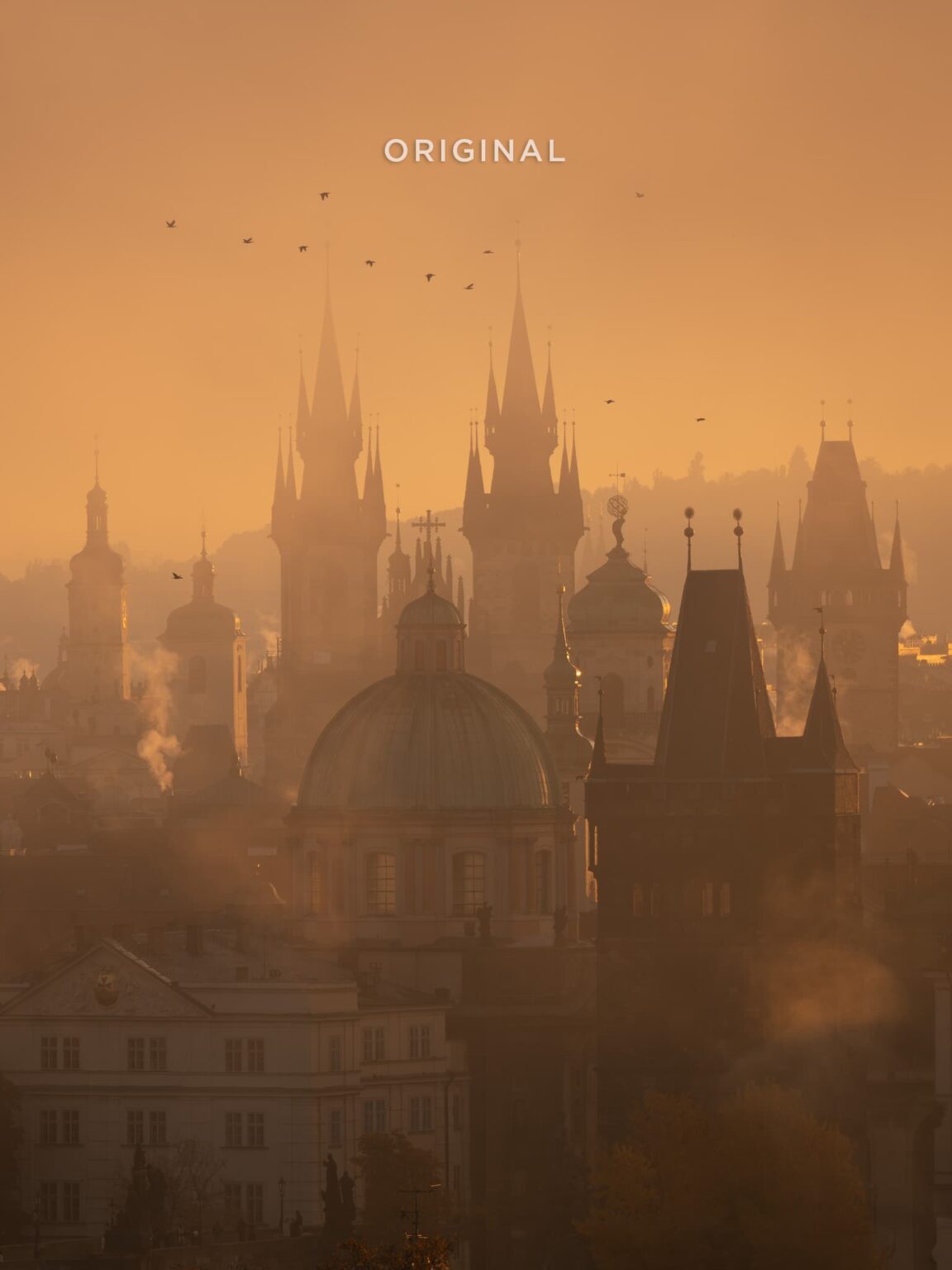


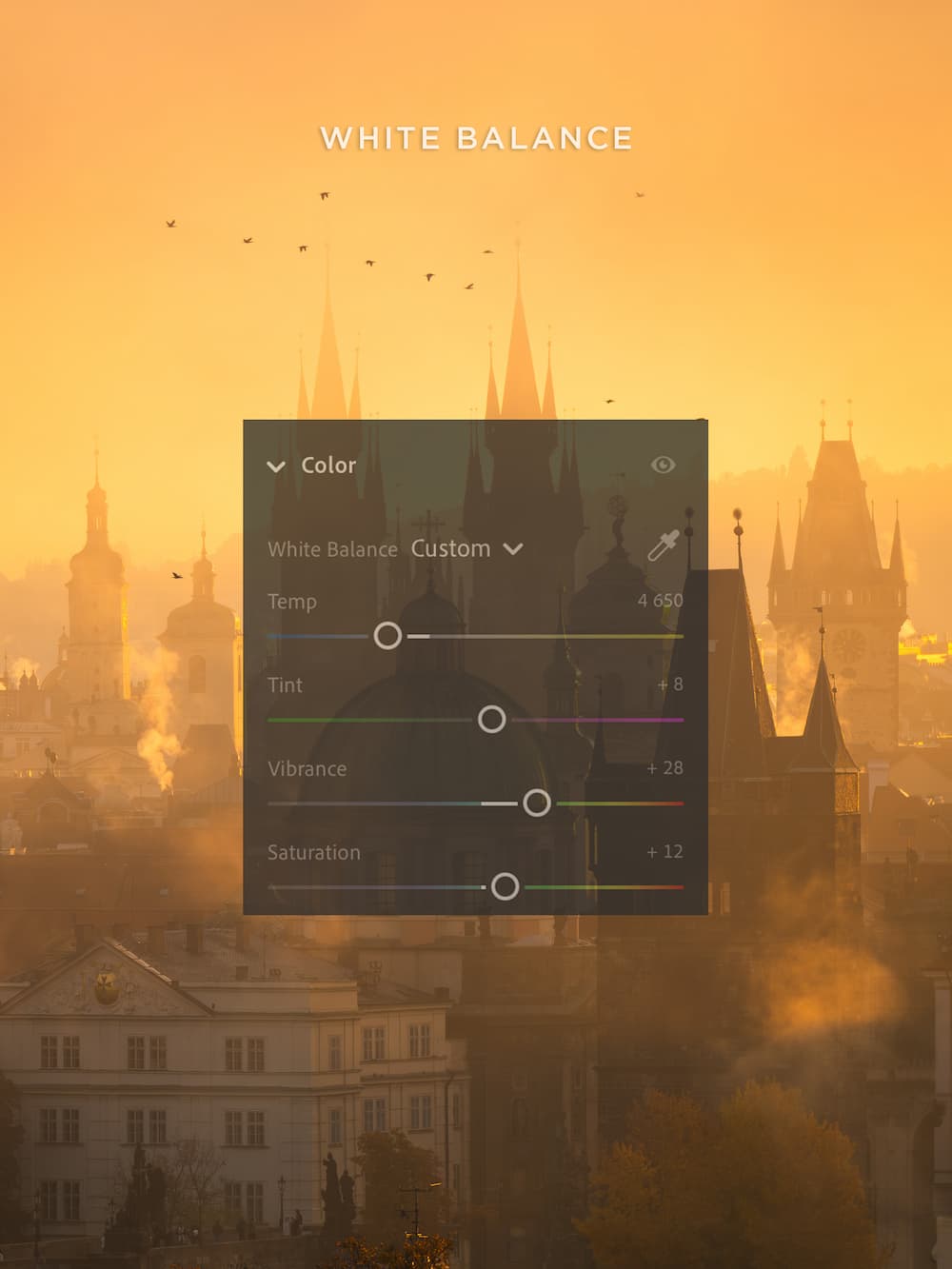
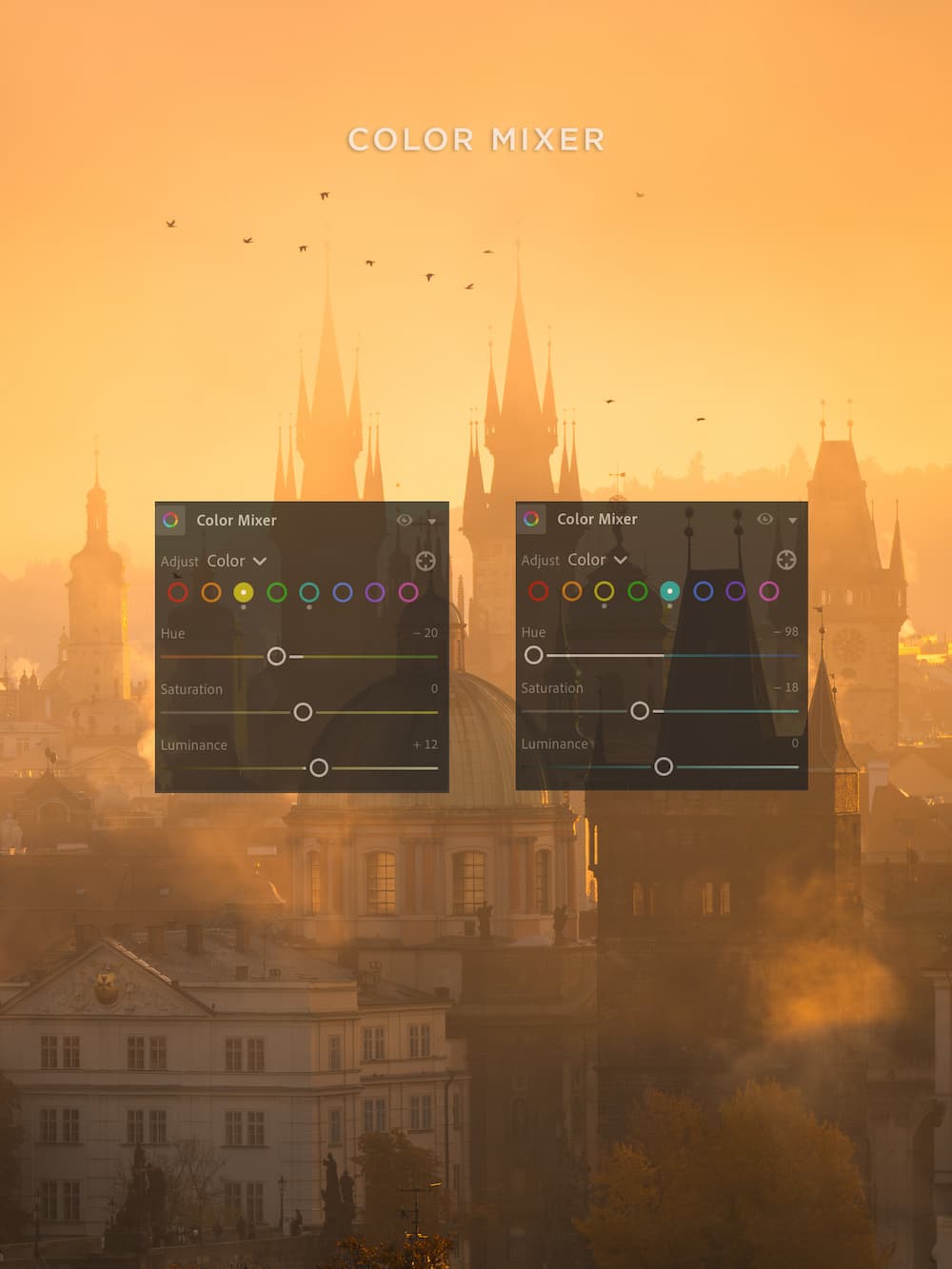
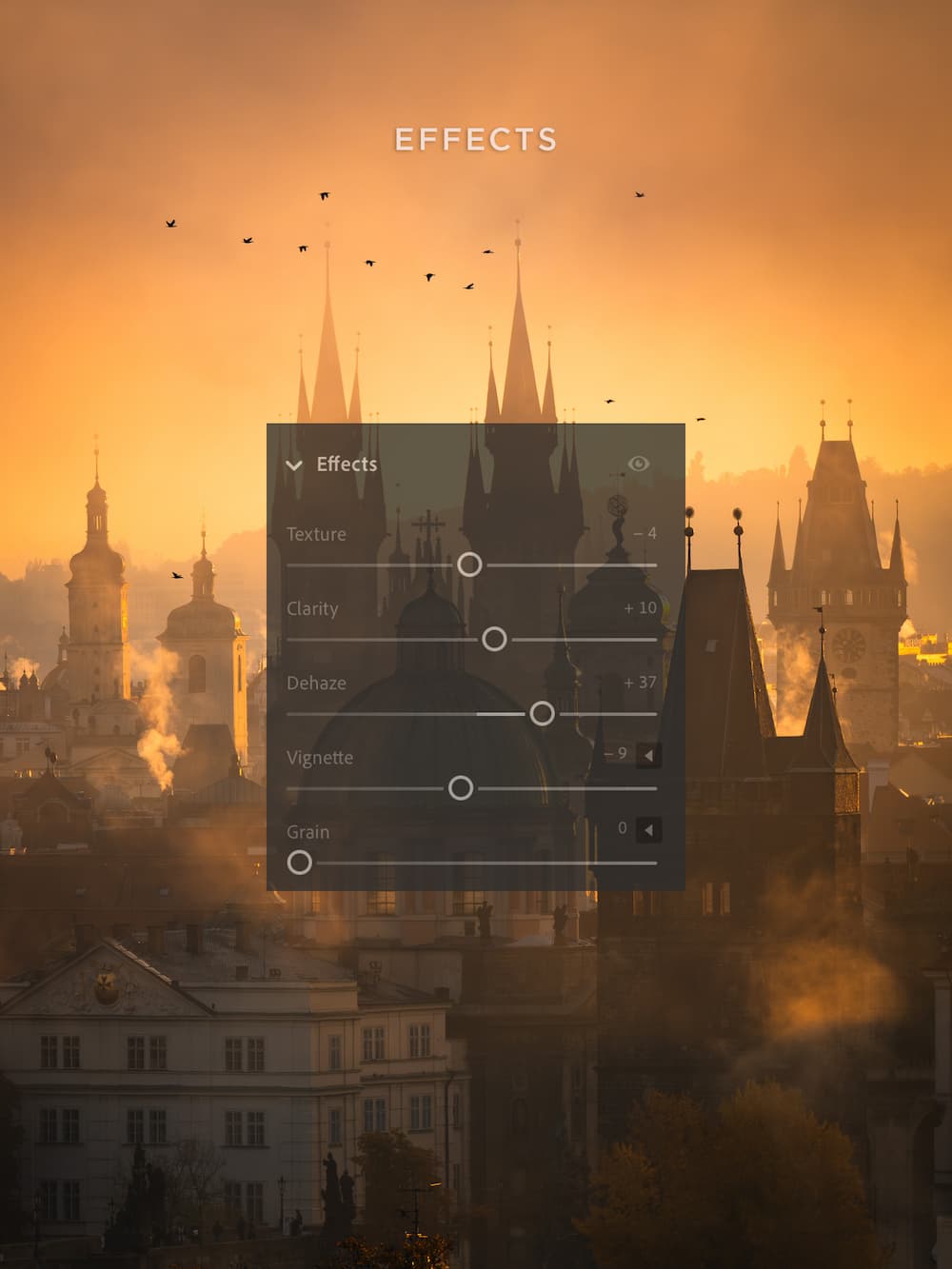
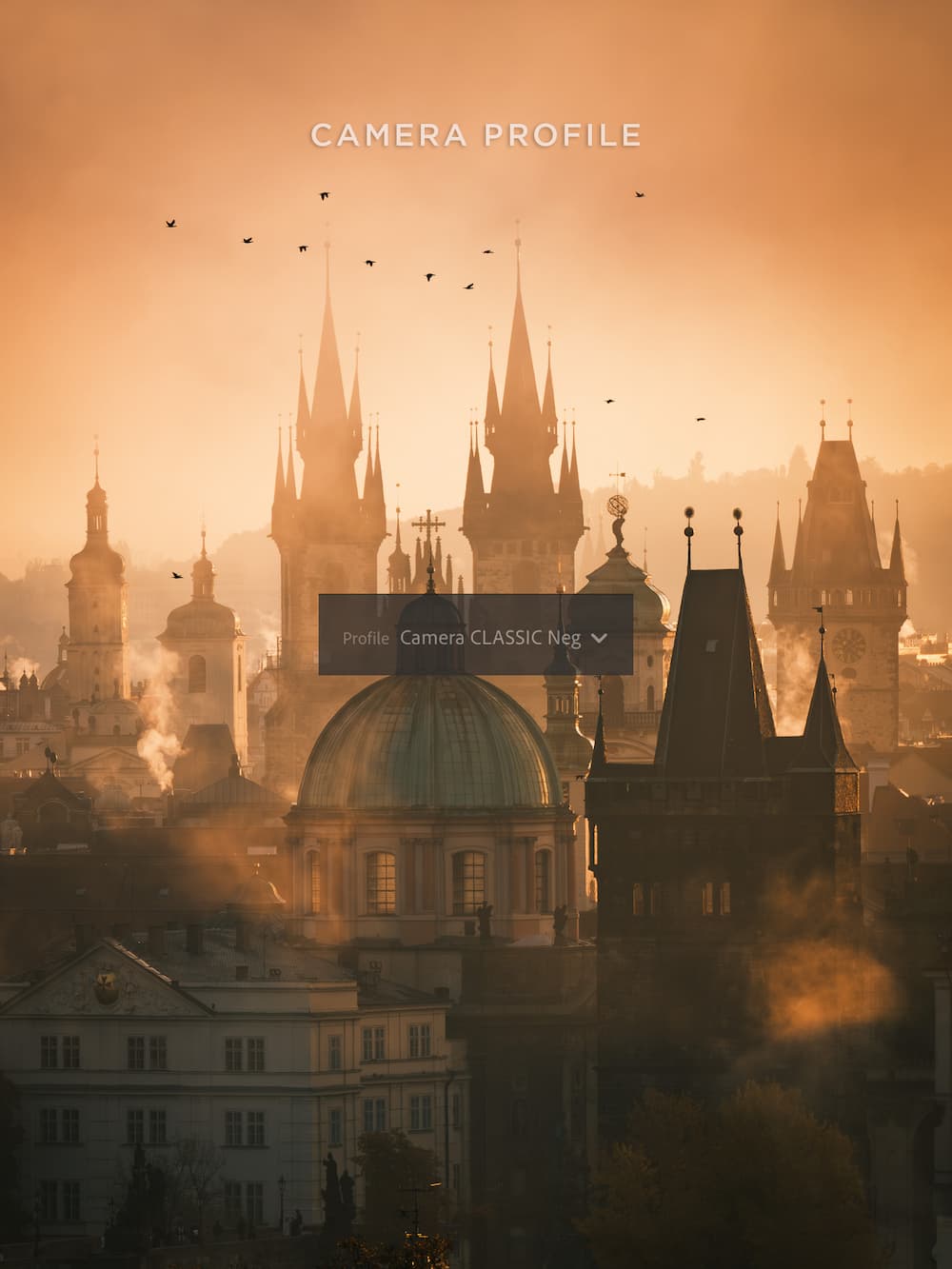

Although Prague remains my greatest muse, I’ve been expanding my work beyond still photography. Video production allows me to bring motion and sound back into my storytelling. I’ve also been exploring other cities like Paris and destinations surrounded by nature, which offer a different kind of rest.


Join us in the Azores for a unique photo tour, where you’ll elevate your creative skills with expert guidance from Ronald Soethje, Bruno Ázera, and Nomadict.
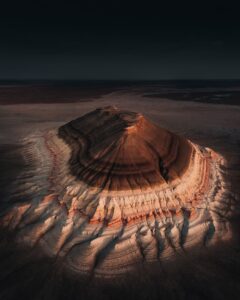
In this article, Forest shares how years of chasing scale, silence, and raw landscapes shaped his approach to photography, from the deserts of Kazakhstan to the volcanic ridges of Iceland. He talks about how he uses light, texture, and vast negative space to create images that feel both intimate and overwhelming.
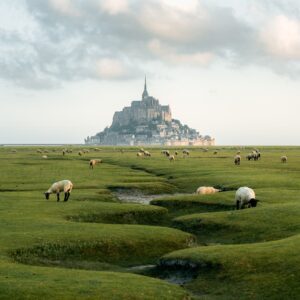
Simon shares the journey behind his photography, from early inspirations to field techniques, editing, and the story of the winning shot that shaped his path.

In this article, Miro shares how his love for cinematic music evolved into a deep passion for photography and how he uses light, color, and atmosphere to turn the streets of Prague into living film scenes.

In this article, Stefanie reveals how her background in physics sparked her passion for astrophotography and how she blends science with creativity to capture the beauty of the night sky. Readers will discover her approach to color, contrast, and editing, as well as her aurora photography workflow.

Spanish photographer Yhabril captures the profound connection between humans and the mountains that shaped him. Growing up in the Pyrenees, his work bridges outdoor sports, landscapes, and celestial scenes — often blending athletes, moonlight, and wilderness into striking visual stories.

In this article, Ariane shares how photography helped her navigate personal challenges, connect authentically with people and animals, and develop a philosophy rooted in empathy and artistic freedom. Readers will also discover her ethical approach to wildlife photography and her trusted equipment for both camouflage techniques and cameras.

Discover how to photograph Dutch tulip fields in their most magical light. From choosing the right gear and lenses to mastering composition, color, and aerial perspectives, this guide shares creative techniques to capture the beauty of the Netherlands’ tulips. Learn how light, color grading, and proportion bring emotion into every frame.
